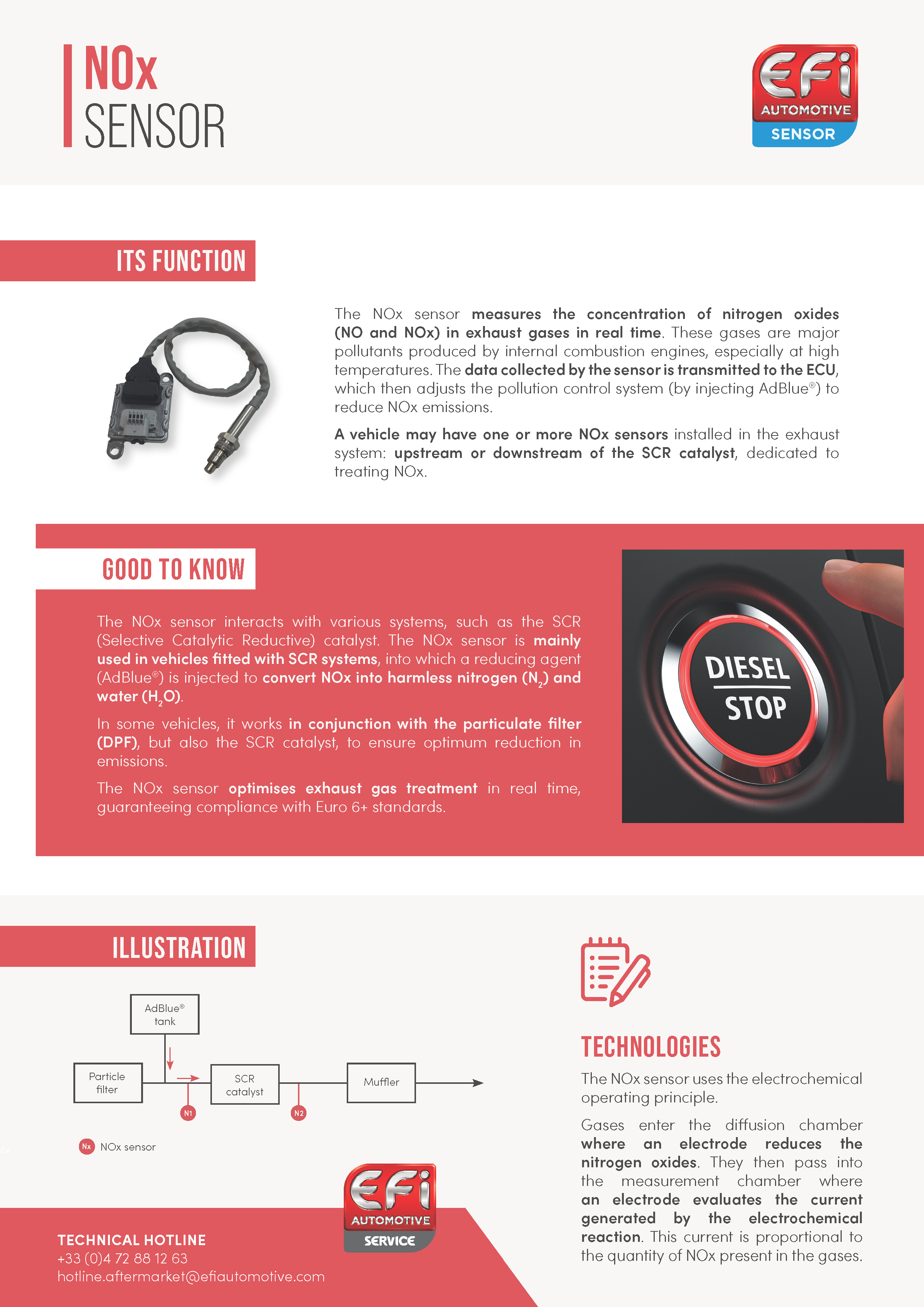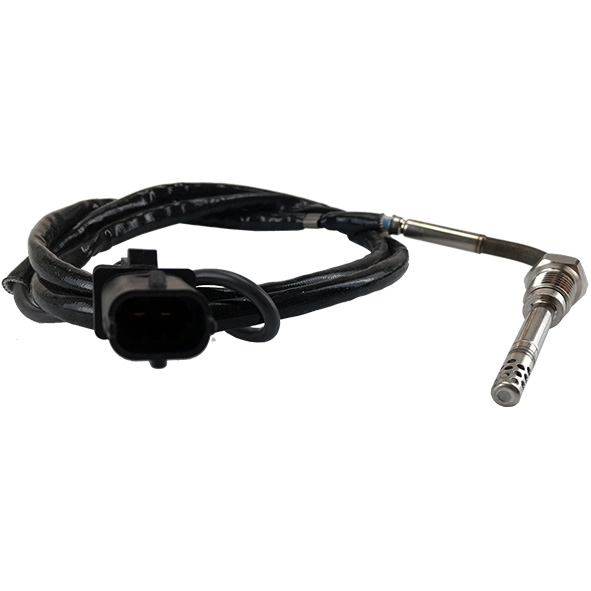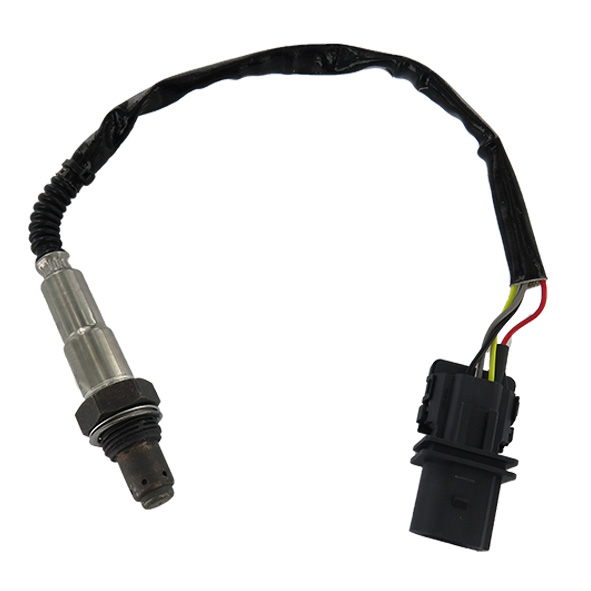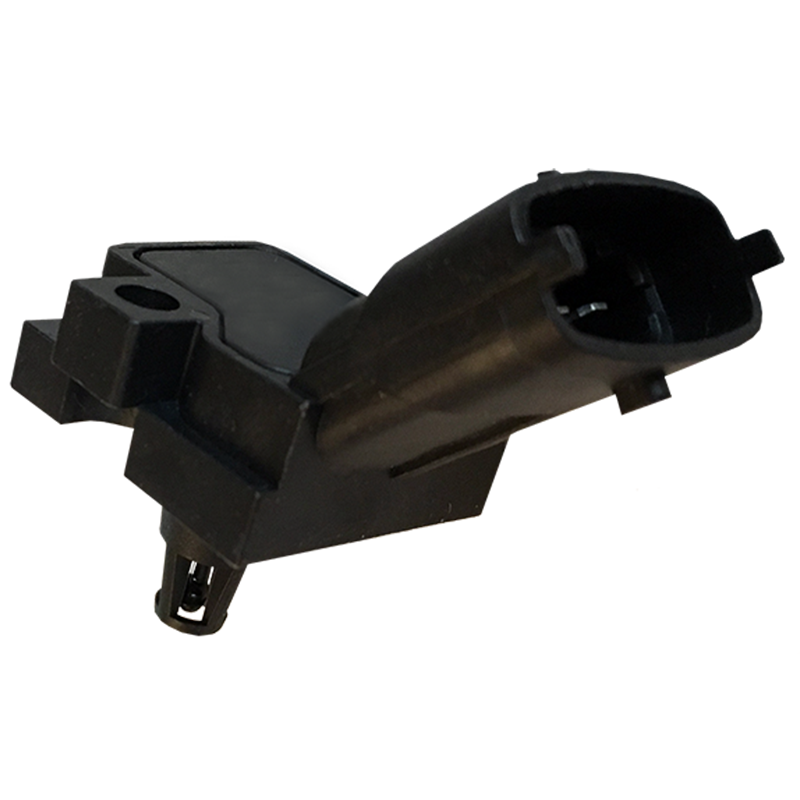If you notice an engine indicator light on your dashboard that indicates an issue with the emissions system or other engine components, then it would appear that the NOx sensor is in a critical condition. It is likely that the vehicle has reduced engine power, slow acceleration, or misfiring. Your vehicle may also emit more smoke than usual, as well as nitrogen oxide (NOx) emissions, which may cause it to fail emissions tests. A faulty NOx sensor also increases fuel consumption. The engine may not run optimally, resulting in inefficient use of fuel. The vehicle’s exhaust gases may also have an unusual or stronger smell due to increased pollutant emissions.

















